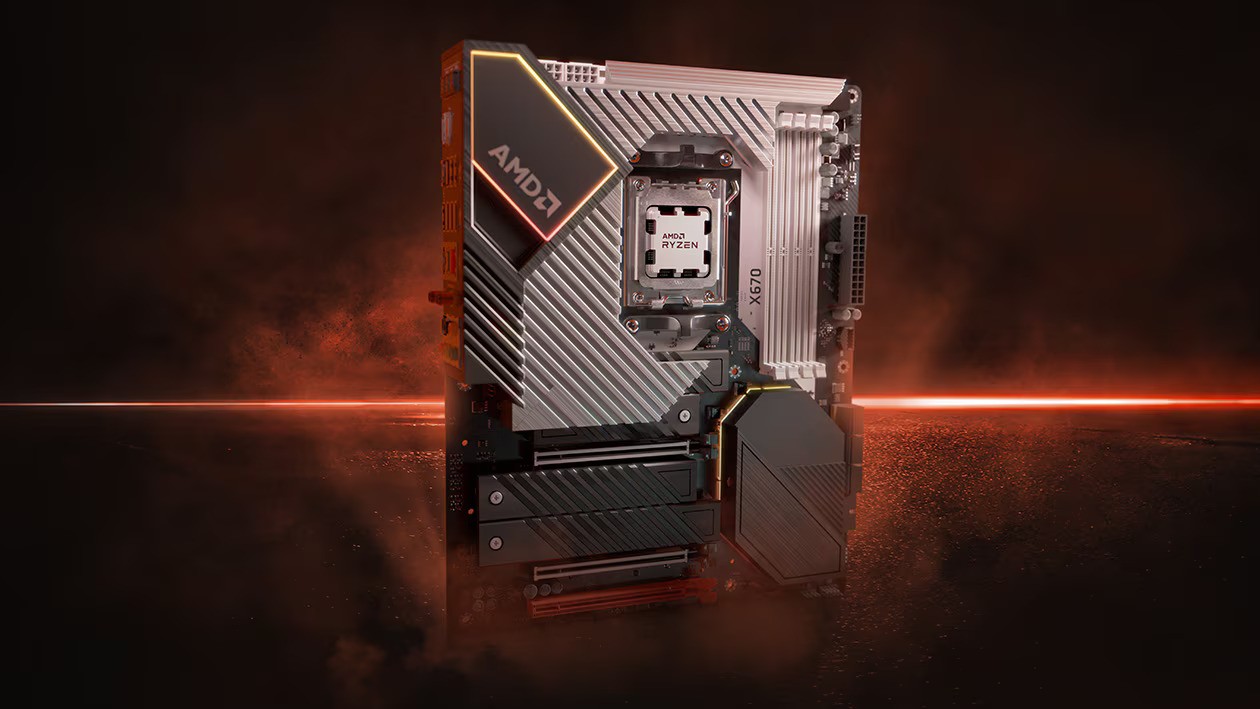Why DDR5-8000 isn’t worth the cost

Upgrading to AMD’s AM5 platform? Choosing the right DDR5 memory kit matters, especially with G.Skill’s new CL26 memory and the promise of DDR5-8000 performance. A recent test dives into whether the speed boost is worth the investment, comparing it against the more budget-friendly DDR5-6000 options for Ryzen AM5 builds.
Since AM5’s debut, the standard for testing has been G.Skill’s Trident Z5 Neo RGB DDR5-6000 CL30, a 32GB kit costing around $110. AMD initially suggested this memory for evaluating Zen 4, touting DDR5-6000 as the platform’s sweet spot. While AMD continues to recommend DDR5-6000 CL30, the company also promotes 800-series motherboards claiming X870 boards provide the best performance thanks to DDR5-8000 support. The problem? These 800-series chipsets are refreshed 600-series chipsets, making DDR5-8000 support more about the motherboard than the chipset or Zen 5 memory controller.
Testing reveals that DDR5-8000 support hinges on the motherboard. Roughly half of 21 X870/X870E boards tested worked with DDR5-8000 using the same Ryzen 9 9950X CPU, while the rest were unstable, suggesting the motherboard is the determining factor. The integrated memory controller’s frequency also impacts performance. DDR5-6000 allows a 1:1 ratio between the memory clock (3,000 MHz) and the UCLK (Unified Memory Controller Clock Frequency). However, DDR5-8000 forces a 2:1 ratio, dropping the memory controller to 2,000 MHz, though the additional bandwidth somewhat makes up for it.
Here’s what the benchmarks revealed:
- Cyberpunk 2077: Phantom Liberty: DDR5-8000 showed a 12% performance jump at 1080p compared to DDR5-6000 CL30, but only 2% over the new DDR5-6000 CL26 memory. At 4K, the performance gap narrowed to 5%.
- Horizon Zero Dawn Remastered: DDR5-8000 was 7% faster than the review memory at 1080p, yet just 2% faster than the new DDR5-6000 CL26 kit. At 4K, the margins shrank further, with DDR5-8000 only 5% faster than the DDR5-5600.
- Marvel Rivals: At 1080p, DDR5-8000 boosted 1% lows by 17% compared to DDR5-5600, with a 9% average frame rate improvement. DDR5-6000 CL26 was comparable to DDR5-8000; while performance scaling at 4K was unusual.
- Counter-Strike 2: DDR5-8000 and DDR5-6000 CL26 showed similar performance at 1080p. A 4% improvement was observed moving from the CL30 review memory to the DDR5-8000 kit, with the results being nearly entirely GPU-limited at 4K.
The new CL26 memory offered at most a 9% performance increase over the CL30 memory used for Zen 5 evaluations; gains were typically in the 4-5% range. DDR5-8000 was up to 12% faster, but overall, performance differences between DDR5-6000 CL26 and DDR5-8000 CL38 were minimal.
Memory performance matters most in CPU-limited scenarios, like competitive shooters. In GPU-heavy single-player games, premium memory offers little extra performance. A decent 32GB DDR5-5600 kit costs around $80, while a good DDR5-6000 CL30 kit is only $10 more. DDR5-6000 CL28 kits jump to $120, and the new CL26 kits are $180 or more. DDR5-8000 costs around $170.
The recommendation? Stick with DDR5-6000 CL30 memory for Ryzen AM5 processors, balancing cost and performance.
